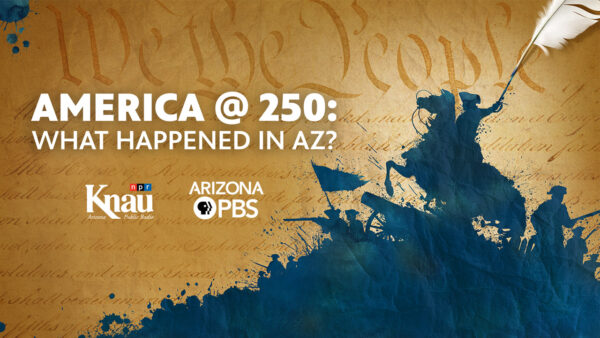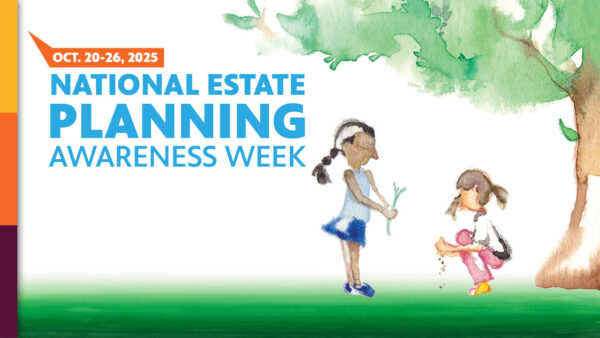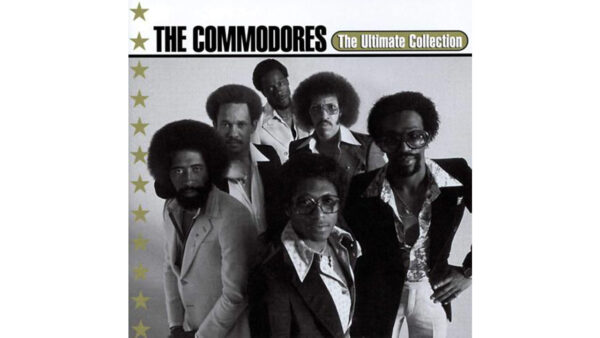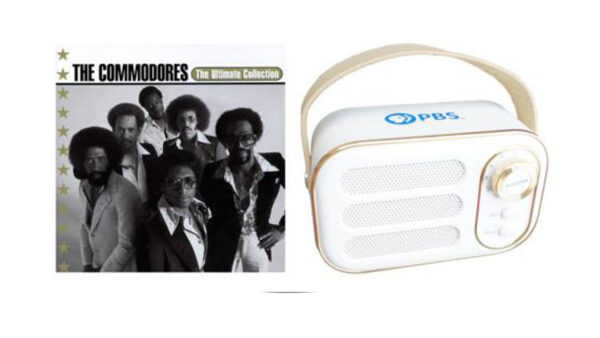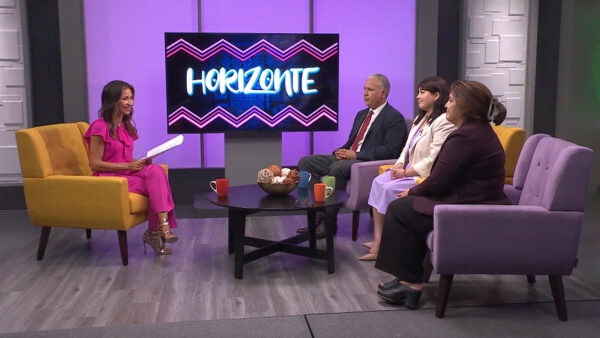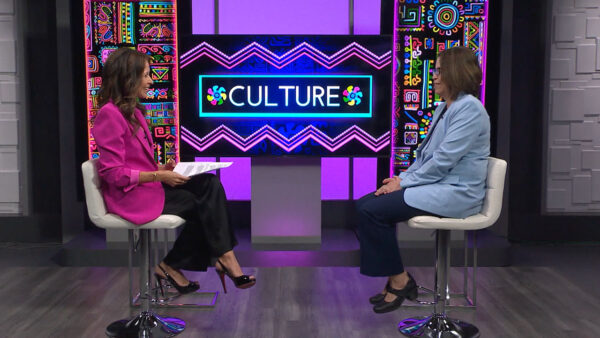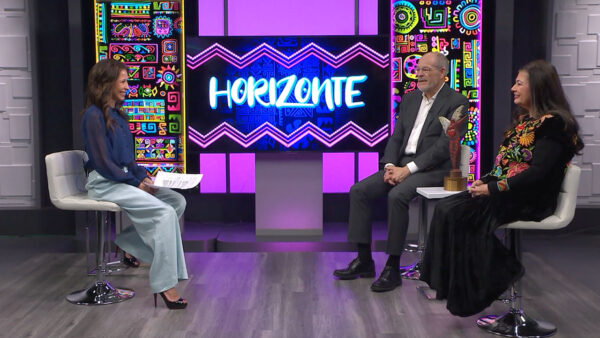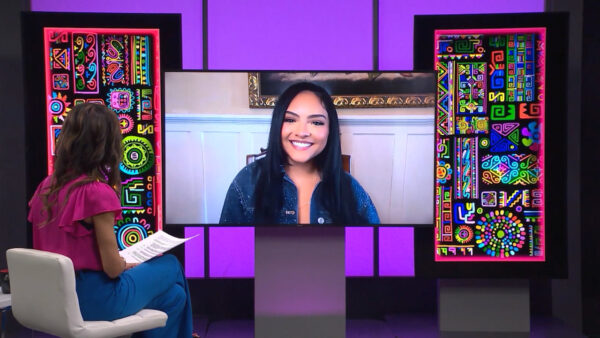Pedro E. Guerrero was the personal photographer of famous architects, including Frank Lloyd Wright, Alexander Calder and Louise Nevelson. He passed away at the age of 95. His photographs have been part of exhibits at New York’s Museum of Modern Art and the Guggenheim Museum, among others. We’ll talk to Suzanne Johnson, Executive Director of Gnosis Ltd., who produced a documentary about Pedro Guerrero; and Dr. Bernard Michael Boyle, Arizona State University Professor Emeritus and author of Wright in Arizona: The Early Work of Pedro E. Guerrero, about his work and life.
Jose Cardenas: Pedro E. Guerrero, a photographer whose early work with architect Frank Lloyd Wright sparked a long and distinguished career in fine art and magazines. He passed away in September at his home in Florence, Arizona. He was 95 years old. We will talk to a producer who worked on a documentary about Guerrero, as well as an ASU professor, about his life and work in a minute. But first here is a sample of the film, "Pedro E. Guerrero: Portrait of an image maker."
Pedro E. Guerrero: The only one that has taken good photographs of Frank Lloyd Wright has been me. And I dare anybody to challenge that. Mr. Wright opened the door and said, everything here is important. So photograph anything that moves you. I started working the next day. And I was completely baffled because Taliesin was something I had never seen before but I recognize it. It was sculpture and so Iapproached it as sculpture.
Joining me tonight to talk about the late Pedro E. Guerrero is Suzanne Johnson, executive director of Gnosis limited, who produced the documentary you just saw. Also here is Dr. Bernard Michael Boyle, Arizona State University professor emeritus and author of "Wright in Arizona: The early work of Pedro E. Guerrero." Thank you both for joining us on "Horizonte." Suzanne, tell us a little bit about how the documentary came to be.
Suzanne Johnson: Well, in my library, in my husband's library, were many books about Frank Lloyd Wright. And I was curious about the fellow that took images that we are all so familiar with. And I learned that he lived in Arizona. And that he was easily accessible. I picked up the phone and called Mr. Guerrero and asked if I could talk to him and if he might be interested in my pursuing an investigation of his life.
Jose Cardenas: How long ago was this?
Suzanne Johnson: It started 2002, I think.
Jose Cardenas: Over the years you got to know him pretty well.
Suzanne Johnson: I got to know him very well.
Jose Cardenas: And you produced this documentary we saw a clip of. How widely available is it?
Suzanne Johnson: Well, you know, it's been available now for a few years. Through the Gnosis website. It's aired and shown in schools.
Jose Cardenas: We will have the website on the screen so people will know where to go to take a look at it. He was very proud.
Suzanne Johnson: Very proud.
Jose Cardenas: As is obvious of the fact that he was Frank Lloyd Wright's photographer. And he wrote a number of books both about his work with Frank Lloyd Wright and then about himself and you have a stack of them in front of you. The top one actually is professor Boyle's and we will talk about that in a moment. He was in this sense prolific.
Suzanne Johnson: He was a very creative man. And until he died, he was always puttering in the arts. His last project involved making sculptures, mobiles, and his porch was filled with them hanging off the porch.
Jose Cardenas: Professor Boyle, you also knew Pedro Guerrero.
Dr. Bernard Michael Boyle: Yes.
Jose Cardenas: And as we noted you prepared a book about his early work. And has some of his photographs. We do have one photograph we are going to put up on the screen of Taliesin. It's a photograph he took. You and I talked about this a little bit off screen. People fully appreciate how significant a figure Pedro Guerrero was.
Dr. Bernard Michael Boyle: No, they don't. He was a self-effacing person in many ways. That's the way I knew him in the last 20 years of his life. It was just his personality. But that was not his personality as a photographer. As a photographer he knew he was in charge of his medium. That's what makes his work interesting. He once said, I think hits in one of the books that the work he did when he was a student at school was meaningless and a waste of time. But the moment that he came back to Arizona from school, and started photographing at Taliesin, he realized that he wasn't an amateur, he really was a professional photographer which, of course, he worked at. But I mean he knew that he had a voice, if you can use that for photography. And he did. You only had to put his photographs side by side with that of famous photographers who were his contemporaries to see how different and individual his work was.
Jose Cardenas: And there's that whole category of photographers devoted to photographing the works of the famous architect.
Dr. Bernard Michael Boyle: Oh. yes. It's a specialty. There are people who specialize only in that.
Jose Cardenas: Where does he rank?
Dr. Bernard Michael Boyle: I put him at the top rank. In fact, I put him better than most of the well known ones. I won't mention their names because it's not fair but there's at least one extremely famous photographer still alive, I think, at a great age in Los Angeles. He died recently. Who made a career off the photographing famous works of architecture in Los Angeles. Pedro Guerrero was a better photographer than he was.
Jose Cardenas: I don't think it's unfair to mention Julian Schulman.
Dr. Bernard Michael Boyle: What I mean by that was, I mention this in the book in the introduction, what I mean by that is that Julius Schulman was the subject of the photograph. Every building he photographed was about him. Every building that Pedro Guerrero photographed was about the building. That's what I mean by self-effacing. The buildings were always the object. You can tell his photographs at once. You could always tell a Julius Schulman photograph. It's all Hollywood. That's why. And Pedro just, it was another -- he was in another world. He lived elsewhere.
Jose Cardenas: Suzanne, was part of that due to the unique relationship he had with Frank Lloyd Wright?
Suzanne Johnson: I think Mr. Wright gave him free rein and told Pedro very clearly when he didn't like something. So Pedro learned to do, to shoot on behalf of what Mr. Wright saw or what Mr. Wright wanted to see. And he also referred to Frank Lloyd Wright as Mr. Wright. But he had free rein, I would say.
Jose Cardenas: He was very proud of that relationship.
Suzanne Johnson: It was a sincere friendship.
Jose Cardenas: And just a little bit more about his life and his work. Because there were other things I understand, Vogue.
Suzanne Johnson: After working with Mr. Wright and he was Frank Lloyd Wright's personal photographer for the last 14 years of Wright's life, he went on to, he moved back east and went on to become the personal photographer of Alexander Calder, creator of the mobile and Louise Nevelson who was a great American sculptor. He became a working photographer and shot for many shelter magazines and had a legitimate career with Conde Nast and publications like that.
Jose Cardenas: Why is it we don't know more about Pedro Guerrero and his work?
Dr. Bernard Michael Boyle: You are asking me a cultural historical question. I am not sure I am qualified to answer.
Jose Cardenas: But you agree he hasn't gotten the recognition he deserves?
Dr. Bernard Michael Boyle: Absolutely. I think it's partly because after his service in World War II, he moved to New York and Connecticut. And the work that he did was all done there in the Northeast, just about all of it. So it would never have had any resonance here in Arizona. Because he wasn't here. When he returned here around 1990, something like that, something like that, yes, then, he became visible as a significant person.
Jose Cardenas: To you and to Suzanne and I'm terribly sorry but we're out of time. We will have to end the interview there. But thank you so much for joining us to talk about this fascinating individual. And that is our show for this Thursday evening. From all of us here at "Horizonte," I'm José Cardenas. Have a good night.
Suzanne Johnson:Executive Director, Gnosis Ltd.; Dr. Bernard Michael Boyle:Author and Professor Emeritus, Arizona State University;
